Think top-of-the-world feelings. Awe-inspiring mountain vistas. Lovely wildflowers. Classic tundra experience. And you hardly have to hike to get to it.
This is only a partial listing of the wonders that await visitors who walk part of the Ute Trail in Rocky Mountain National Park. This trail was originally the path traveled by Ute Indians as they journeyed between their summer home in the mountains and their winter residence on the plains. Later, hunters, trappers, explorers, and prospectors traveled the trail on their way into and out of the mountains. Today, much of the trail is the Trail Ridge Road, although two sections of the original Ute Trail remain, one near the top of the road, and the other on the west side of the park.
The section of trail I walked was the one near the top of Trail Ridge Road. There is a small parking area located on the left side of the road (if you’re coming from the east side of the park) with an educational sign and a small brown sign partway down the trail that reads “Ute Trail”. In the summer, you will want to start this hike early for several reasons. First, the parking area is small and fills up quickly (no parking on the other side of the road—someone nearly got cited for stopping their vehicle on the other side of the road to take pictures while we were getting ready for our hike). Second, thunderstorms can rise quickly in the afternoon, and it is extremely dangerous to be hiking on the tundra during lightning storms. Third, clouds are likely to cover the sky in the afternoon even if there isn’t a storm, so the views are better earlier in the day.
The trail starts next to the educational sign that talks about the trail and the people who’ve traveled it. The trail itself is very rocky, and is fairly flat for the first 2 or so miles, although it does gradually climb to go over a saddle and then descends to the tree line as it crosses classic alpine tundra. This is the part of the trail with the best scenery, with views opening up on all sides and different times. The views contain the Front Range, Never Summer Range, Mummy Range, and others. Meanwhile, you are walking through beautiful alpine tundra, with georgeous wildflowers in many shades, including purple, yellow, white, and tiny blue flowers with yellow centers. I don’t know many wildflower names, but I can enjoy their beauty.
The tundra also reminds me of pictures I’ve seen of the moors and dales of Great Britten. The rocks stand up through the short grass, and the ground rolls like the hills on the English/Scottish moor.
The trail continues to be rocky, as it winds its way along a ridge, crosses in a saddle, and then begins its decent past some really cool rock formations towards the tree line. If you get this far (you really don’t have to hike very far to get the top-of-the-world feeling, see the wildflowers, and get great views, although you will get some different views if you hike to the tree line), I would suggest turning right and climbing onto some of the rock formations just before the tree line. The views from here are absolutely stunning, as you can look down into the valleys and see waterfalls, lakes, and forested hills, not to mention the snow-capped mountains (at least in mid-June, there’s snow on the mountains) above.
The tree line is about 2 miles into the trail, and it continues from here for another 2 miles down to Moraine Park (I believe it comes out at the Upper Beaver Meadows Trailhead, although it may be the Deer Mountain Trailhead). I did not hike this part of the trail, so although I know it’s possible, I don’t know much about the trail from here on out. It seems that most people stop at the tree line, as the trail all but disappears at the edge of the tundra.
So, the bottom line on this trail is that it is very much worth hiking even a small section of this trail. It is also very nice when the sun is not shining (we’ve hiked it twice on cloudy days, and it was only on our third hike of it that we had some sun). So come and enjoy the incredible beauty of the Rocky Mountains…and hike where Indians once walked.
Fees: $20 fee (good 7 days) to enter Rocky Mountain NP. America the Beautiful, Golden Age, and Golden Access pass holders do not have to pay this fee if they are carrying their pass.
Trail 




Road 




Signs 




Scenery 




Would I go 100 miles out of my way for this? 




Overall Rating: 




This Week’s Featured Product!
Hike through Colorado’s best scenery with trail guides from this book! With 30 hikes to choose from, it’s a great way to plan a view-filled season.

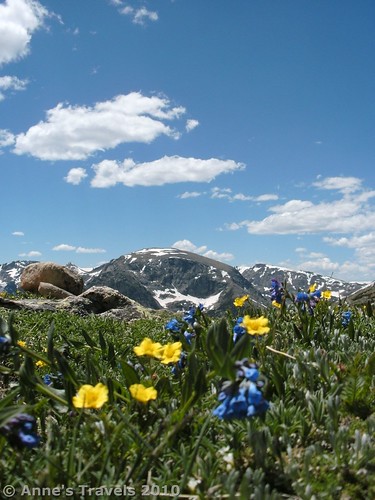
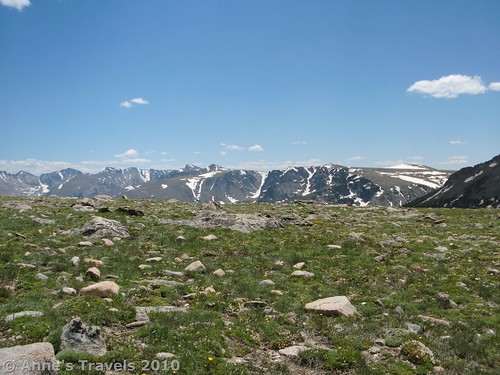
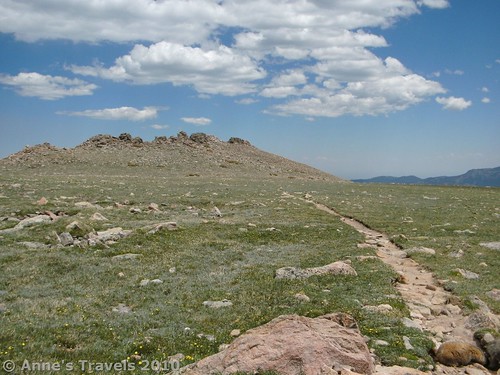

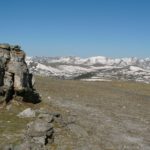
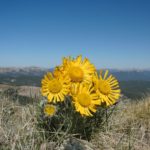
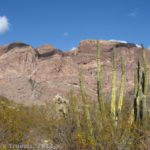
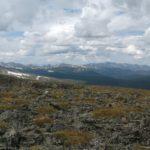
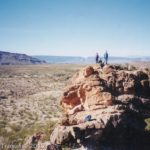
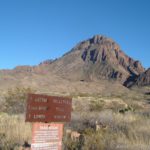
Pingback: Anne's Travels » My First 14er!
Pingback: Anne's Travels » A Great Place to see Rocky Mountain NP
Pingback: Awesome Views in Rocky Mountain from Flattop Mountain and Hallett Peak
Pingback: Anne's Travels » Ute Trail West